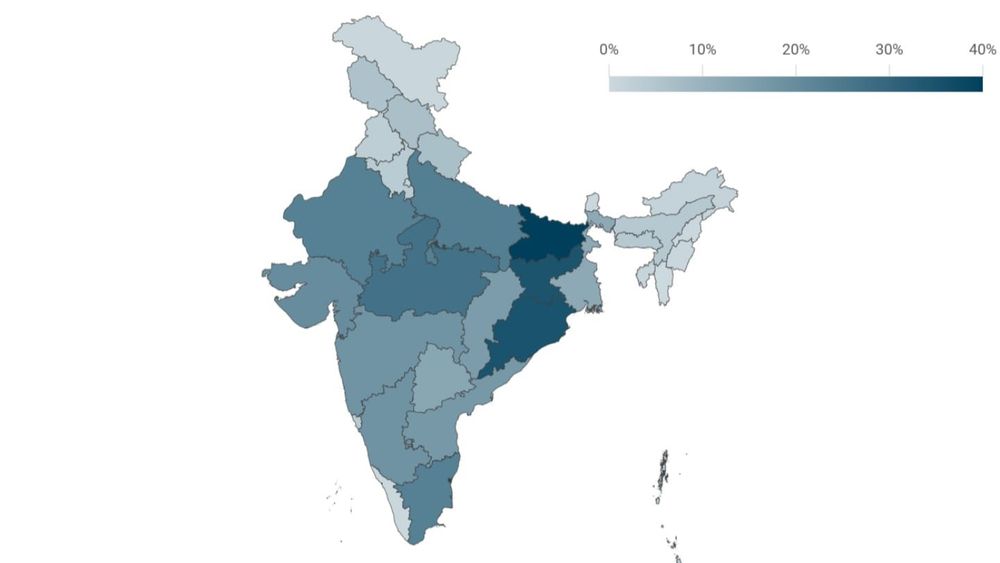

Registered debit cards grew in number in the first two decades of the 21st century, and there are now nearly one billion debit cards in India, according to RBI statistics.
Registered debit cards grew in number in the first two decades of the 21st century, and there are now nearly one billion debit cards in India, according to RBI statistics.
How has India’s goods trade evolved over time? Read Abhishek Waghmare’s piece to find out: www.dataforindia.com/trade/?utm_s...
How has India’s goods trade evolved over time? Read Abhishek Waghmare’s piece to find out: www.dataforindia.com/trade/?utm_s...
Broadly, trade is made up of trade in goods and services. In India, imports are dominated by goods (or merchandise).
Broadly, trade is made up of trade in goods and services. In India, imports are dominated by goods (or merchandise).



